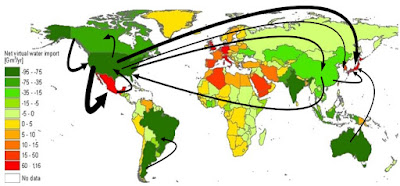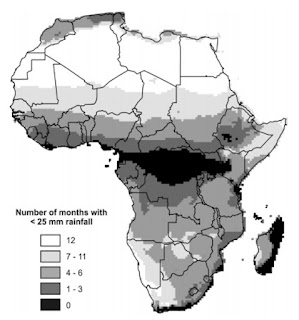Throughout this blog, I have explored many different topics
surrounding the idea of water and food in Africa. This blog has looked into
different water resources, irrigation, climate change, rainfall variation,
food insecurity and virtual water. By exploring these topics in different
posts, it has been possible to develop a better understanding of Africa’s
problems surrounding water scarcity and food insecurity.
I hope you have found this blog interesting and informative.
I aimed to put across some of the key ideas and my own views in an easy and
reader friendly way. In my own personal opinion, the greatest barrier for
Africa’s improvement in this field is the funding for new technologies,
information and practices that could reduce the threat of water scarcity and
subsequently food insecurity.





